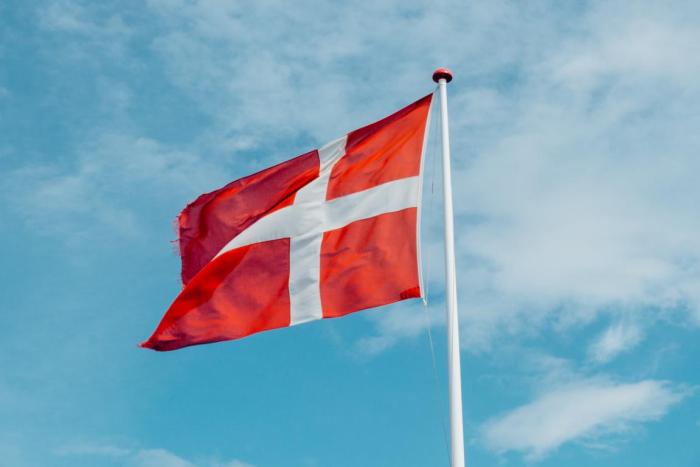
Details
Solution type
This case study is part of a project catalogue produced by ReUseHeat to inspire how to utilize excess heat from urban sources for heating and cooling purposes. The catalogue contains 25 existing or planned projects, 12 of which are Danish and 13 from other European countries.
Description
In 2013, the pump manufacturer Grundfos and the local district heating company Bjerringbro Varmeværk invested in three heat pumps to co-produce heat and cooling.
The traditional cooling systems at Grundfos in Bjerringbro have previously dispensed excess heat in the surroundings. This excess heat is now utilized in heat pumps, offering heat to the district heating network and cooling Grundfos. Grundfos have a large cooling demand, mainly through summer periods, where the heat demand from the city is small, and vice versa. Therefore, an aquifer thermal energy storage (ATES) is used in the summer to deliver cooling to Grundfos. In the winter, when the cooling demand is low, the ATES is replenished with cooling from the heat pumps, which deliver heat to the city. Thereby, excess heat is transferred from summer to winter.
The heat pumps increase flexibility at the district heating plant. When electricity prices are high, natural gas-powered engines produce heat and electricity. When the electricity prices are low, the heat pump system is used. This results in considerable CO2 savings when using the heat pumps for cooling and district heating, as gas-based heat and outdated cooling facilities are displaced. Bjerringbro Varmeværk believes that heat pumps are the future of district heating. Simultaneously, Grundfos needed to replace its outdated cooling systems with a large central cooling unit.
The heat pumps are a great example of how synergies between the industry and district heating can be utilized through the recovery of excess heat. The overall system is continuously optimized to keep the operation costs as low as possible, which eventually benefits the consumers of district heating and reduces the price of heating.
Bjerringbro, Denmark
Finished in 2013
IVL Swedish Environmental Research Institute
External links:
Replicability |
Low |
Medium |
High |
|---|---|---|---|
| Authorizative easiness | x | ||
| Adaptability to different climate conditions | x | ||
| Technology easy-to-implement (No need of specific technical requirements) | x | ||
| Easy-to-implement (No need of specific technical requirements) | x | ||
| Easy-to-operate (No need of specific technical requirements) | x | ||
| Opportunity of integrating waste energy sources | x | ||
| CAPEX needed for the deployment of the solution | x |
